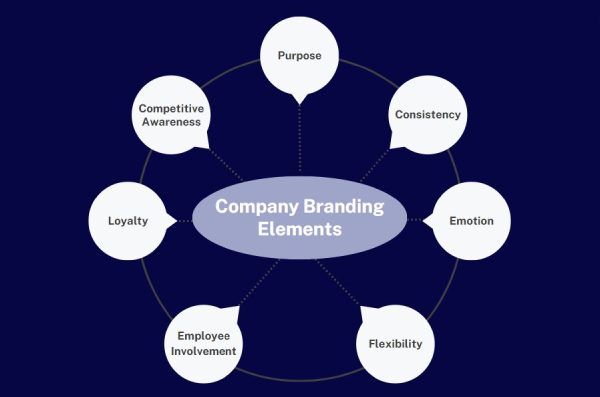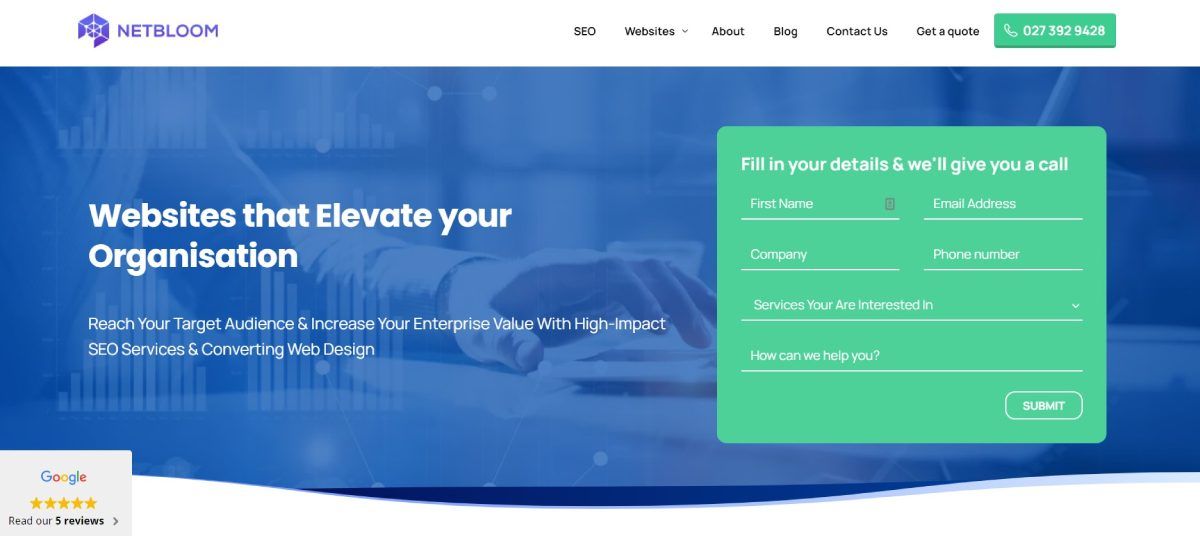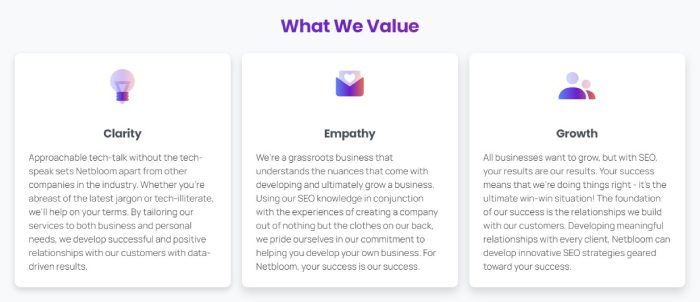Branding 101 - The Essentials Every Company Needs to Know
What is a Brand?
“A brand is a name, term, design, symbol, or any other feature that identifies one seller’s good or service as distinct from those of other sellers” (American Marketing Association).
A brand is a business’s commitment to a customer. Your company’s “personality” and reputation are created by your brand.
A brand goes much deeper than just your company logo. You could define a brand as a set of associations that an existing or potential customer has of a company, product, service or individual. It is the concept or image people have when considering particular goods, services, and endeavours of an organisation, both rationally and emotionally.
A brand is defined by its external attributes and customers’ feelings for a business or its goods. Whenever a name, logo, visual identity, or message is shown to customers, a mix of physical and emotional cues are emitted.
What is a Branding?
“Branding is endowing products and services with the power of a brand” (Kotler & Keller, 2015).
Branding reflects your customers’ experiences of your business and affects every interaction you have with your customers and suppliers.
With the use of branding, you can clearly show how your good or service is better than those of your rivals. Your company can stand out from the competition with a powerful brand.
Branding is a crucial commercial tool, and the company’s brand is essential if it hopes to become well-known. Discovering and conveying the core values of your company and what it offers to its clients is what branding is all about.

Key Elements of Branding
You must give it a lot of thought to successfully establish your brand because it involves numerous elements.
The four primary brand elements listed below, together with the tactics you can use to develop each further, will help you develop your brand.
1. Identity
Your brand identity is how you want others to view your company. You should know your brand identity and what you want it to be.
Mission
A mission statement is necessary to voice out why your company was established.
Aside from generating profit, what is your goal? Consumers want to know your mission, which will reflect who you are as a company.
Unique Value Proposition
Your unique value proposition is what sets you apart from your competitors.
It’s a statement of how your offer benefits your customers, how you will meet the needs of your customers, and what makes your offer unique. Every marketing campaign you run should align with your unique value proposition.
Visual Identity
The visual elements of your brand affect your brand identity.
While having a distinctive logo is crucial, colour selection is also essential. Different colours can affect your audience psychologically; consistency is vital when utilising a colour scheme.

2. Image
Brand identity is how you want people to perceive your business. Brand image is how people perceive your brand, and your brand image is the reputation that you currently have with the general public.
Public Relations
Use public relations to communicate your main points and crucial company-related news.
Online blogs, trade journals, and news sources are all effective ways to do this. You can enhance your brand’s reputation by using public relations to increase awareness of your brand and the work you’re doing.
Quality Content
Content can aid in establishing your brand’s authority, which helps generate more website traffic and raises brand awareness.
By providing high-quality material pertinent to your business and your target audience, you will establish yourself as a reliable source of information, enhance your reputation, and boost trust.
Social Media Presence
Using social media to share material with consumers, keeping them informed of breaking events and new product introductions, promoting awareness of your message, and personally engaging with them is an exceptionally successful approach to developing your brand’s image.
Not only that, but it also enables you to respond to unfavourable remarks. Demonstrating that you care and are making an effort to make things right, it’s a fantastic method to repair any damage to your brand’s reputation due to a bad customer experience.
Related Article: SEO + Content Marketing: The Winning Formula

3. Culture
The core ideals and principles of your business and how you live out those beliefs are referred to as brand culture.
Identify Ideals
Businesses have long placed a premium on specific values, but these values were frequently ones like honesty, reliability, and integrity.
Identify your ideals and stand by them. It could be anchored from a political or moral standpoint. An increasing number of corporations are adopting these positions. These influence your brand culture.
Clear Definitions
Clearly state and define your company’s values and how those principles are upheld.
If there is a particular stand you wish to adopt, don’t be scared to do so. Although you won’t be able to win over every customer, you’ll have a better chance of doing so if you stay true to your principles. You should always practice what you preach.
Your brand culture is incredibly dependent on your ability to embrace your values within your company.
Spread Awareness
Informing customers about your beliefs by stating them on your website or promoting discussions on social media is a working strategy that helps create awareness about the values, principles, and ideals your company upholds.
Another helpful strategy is to publish information that supports your ideals.

4. Personality
Your brand’s personality is defined by the human traits that it possesses. Developing a brand personality to connect with your audience and emotionally establishing brand relatability is essential.
Target Audience
You must start by comprehending your audience from the beginning. Additionally, it’s a crucial stage in creating your brand’s identity. However, when it comes to creating the personality of your brand, it’s very crucial.
You should present yourself and speak in a way that reflects who the audience is and what they should anticipate from you.
Engagement
While you may convey your personality through the information you produce, engaging with people simplifies it.
Social media and interactive websites backed by SEO are avenues to help you to create meaningful engagements with your target audience.
Your interactions are visible to your entire audience, and they contribute to the development of your personality. Don’t be afraid to use the platform to your advantage.
Tone Consistency
Tone consistency is essential. Your tone reflects your personality.
Make sure your personality extends to all of the other platforms you use, both online and offline. If you’re going to be amusing and casual on one platform, you have to ensure that it is the same on another.
Your ability to create an outstanding brand personality will only work if you’re consistent with your tone.

Benefits of Branding
1. Connect and Establish Relationships
Branding can help you connect with customers and engage them in conversation about your company or product.
Establishing relationships with your audience can eventually convert them into devoted consumers. You can distinguish your company from rivals who aren’t taking advantage of this by building a brand that people genuinely care about.
Consumers generally anticipate paying more for branded goods than unbranded ones. Effective branding can help your company stand out in marketplaces with various competitors.
2. Expand and Broaden your Products or Services
A variety of your other products or services can use your brand, enabling customers to connect each product in your line with a dependable set of values they are familiar with.
If you want to broaden your product offering, your current brand will improve how customers view the new product. Your company can expand into new market segments while maintaining the core brand identity by constantly using your brand’s qualities.
3. Generate Recognition and Awareness
You’ll want to generate recognition and awareness of your brand. Getting your vision of your brand identity out to the masses will take time.
Various marketing initiatives are necessary, including developing a website highlighting your company’s objective and distinctive value proposition, producing SEO-optimised content, and using social media to interact with customers and share your material.

Conclusion
By now, you already know the direction you want to take; how far you want to go is always up to you. Your company’s brand helps to build a plan that will take it into the future.
We’ll be in touch.
